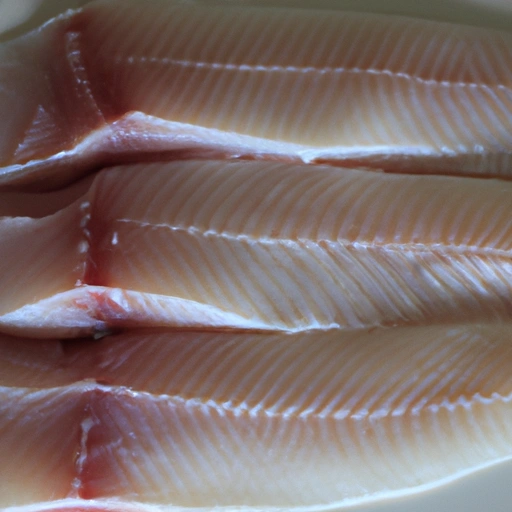Corvina
Description

Corvina, known for its firm white flesh and mild, sweet flavor, is a sea fish from the Sciaenidae family, commonly found in warm coastal waters. This ingredient is a favorite among chefs and home cooks alike for its versatility in various cuisines. It is often confused with other similar species like weakfish or drum fish but stands out for its distinct culinary attributes. Corvina's adaptability in cooking methods and flavors makes it a global ingredient, capable of fitting into recipes that call for a sturdy, flavorful fish.
Common uses
Corvina is widely used in a variety of culinary applications. In Hispanic cuisines, it's often found in ceviche, where its firm texture holds up well against the acidity of the citrus marinade. In European dishes, it's commonly baked or grilled with herbs and served as a main course. In the United States, corvina is gaining popularity and is frequently pan-seared or broiled to a golden perfection.
Nutritional value
Calories
A 4-ounce (113g) serving of raw corvina provides approximately 100 calories, making it a lean choice for those counting calories.
Protein
That same serving size offers about 19 grams of high-quality protein, essential for muscle repair and growth.
Fat
Corvina is low in fat, with around 2 grams per serving, and contains heart-healthy omega-3 fatty acids.
Carbohydrates
Corvina contains no carbohydrates, making it suitable for low-carb diets.
Vitamins
It's a good source of B-vitamins, particularly B12, which is important for maintaining healthy nerve cells and producing DNA.
Minerals
Corvina provides valuable minerals such as phosphorus, which is vital for bone health, and selenium, an important antioxidant.
Health benefits
Consuming corvina offers numerous health benefits, including supporting heart health due to its omega-3 content, promoting muscle maintenance with its high protein, and contributing to overall well-being with its mix of vitamins and minerals.
Potential risks
While corvina is generally safe to eat, it's important to consume seafood in moderation to avoid exposure to environmental contaminants like mercury. Pregnant women and young children should be particularly cautious.
Common recipes
Recipes that feature corvina include the Peruvian ceviche, Italian-inspired fish bakes, and American-style fish tacos.
Cooking methods
Corvina can be prepared in multiple ways: grilled, baked, broiled, steamed, pan-seared, or even raw in ceviche or sushi.
Pairing with other ingredients
This fish pairs well with a variety of flavors, from bright citrus and fresh herbs to robust spices and savory sauces.
Summary
Corvina is a delightful and nutritious fish that offers versatility in the kitchen and can be adapted to a plethora of recipes worldwide. Whether you're in the American, European, or Asian culinary scene, corvina provides a tasty and healthy base for your dishes, while also being a responsible seafood choice.